How to use biophilic elements to create social distance in spaces
During the COVID pandemic, our communities were put under restrictions including how we access the outside world and nature. For many the only chance to leave our homes was for our 1-hour ‘exercise’ time. During this time, there has been a noticeable rise in the appreciation of nature as our options to go elsewhere became limited. People took up running, went for long walks, and – for those that have one – gardening became an enjoyable activity rather than a chore.
We have all realised the importance of nature and gained a new appreciation of what it can do for us. If nature connections can reduce stress, then surely there is no time like the present to reap those benefits.
By incorporating biophilic design elements into a space it can illicit similar feelings of wellbeing. This has a multitude of benefits, not only to our health and wellbeing, but it can also aid our psychological aspects and bring a feeling of safety.
Enhancing that connection to nature in our interior spaces could even make the transition back to work easier. So how can we use biophilic elements to create social distancing in spaces post-pandemic?
Plants
Potted plants and plants in large dividers are one of the most cost effective and easy ways to implement direct forms of nature into any space to create separation of some degree.
Sub-tropical plants that have bigger leaves can work great to create rows / barriers between desks and to separate spaces or create zones. Another way plants can be used to create social distancing is by placing them to clarify scale, for example, putting two plants in an area that marks out 1-2 metres apart.
Should your company or business require a queuing system in line with new regulations, why not create a hedge maze, using plants to direct people where to stand to form a que. Or to create softer partial separations that allow for glimpses of colleagues, but without solid walls why not consider plant dividers between seating, booths, tables, or zones.
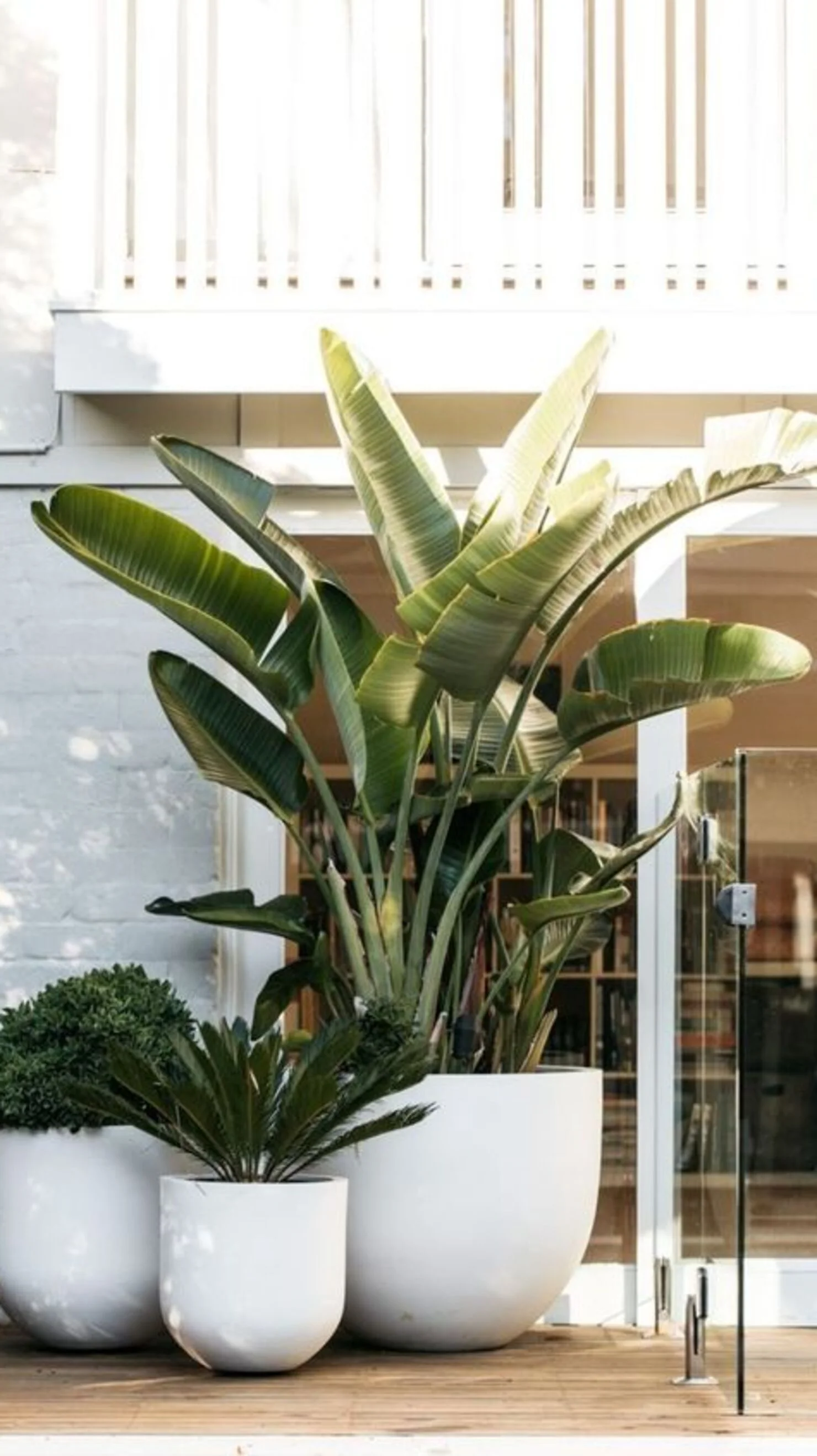
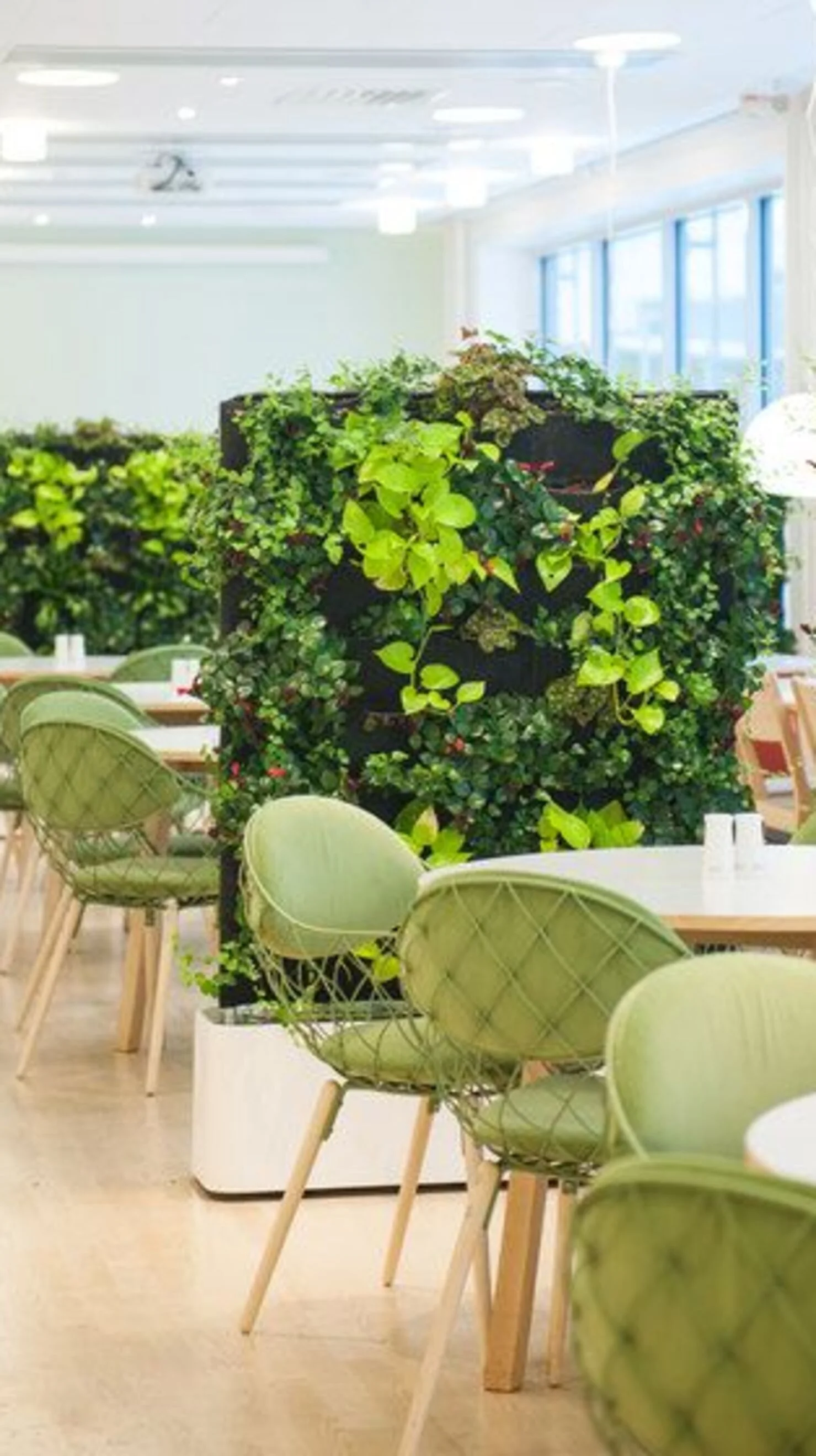

Examples of planting
Create circulation routes and zoned areas with carpets that are reminiscent of the natural environment. This can highlight the means to social distancing via pathways and ques, whilst also adding natural colours and textures; promoting a greater sense of health and wellbeing in the workplace.
Our friends at interface specialise in flooring that resemble nature and can create zones and natural seeming pathways to keep human traffic moving through a specific format and area.
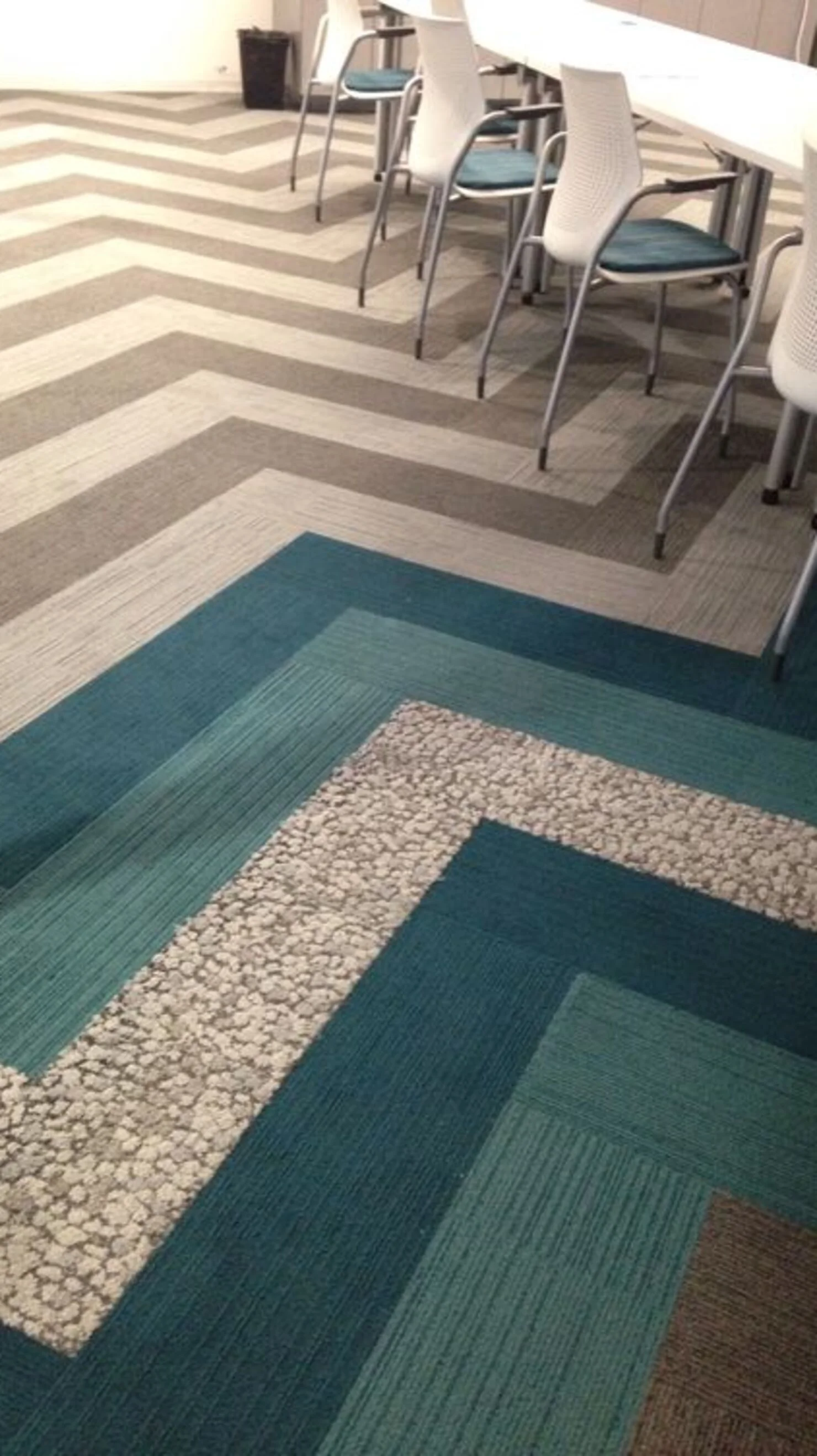

Natural Materials
The current situation has called for a lot of change to the design of the workplace to reduce the amount of people in one space, but also to protect staff and customers whilst indoors.
It may feel as though these changes are temporary so one may decide to install a less expensive, temporary option. It is important to consider using natural materials like wood, where possible.
Wood is good for the environment, for people and for organisations. It has been found that wood surfaces in an office lower the body’s sympathetic nervous system (decreasing blood pressure and heart rate), thereby reducing stress. By imputing biophilic elements and thus making a greener building, this will in turn boost the organisation by promoting employee wellbeing ultimately contributing to human-centred improvements in business performance.

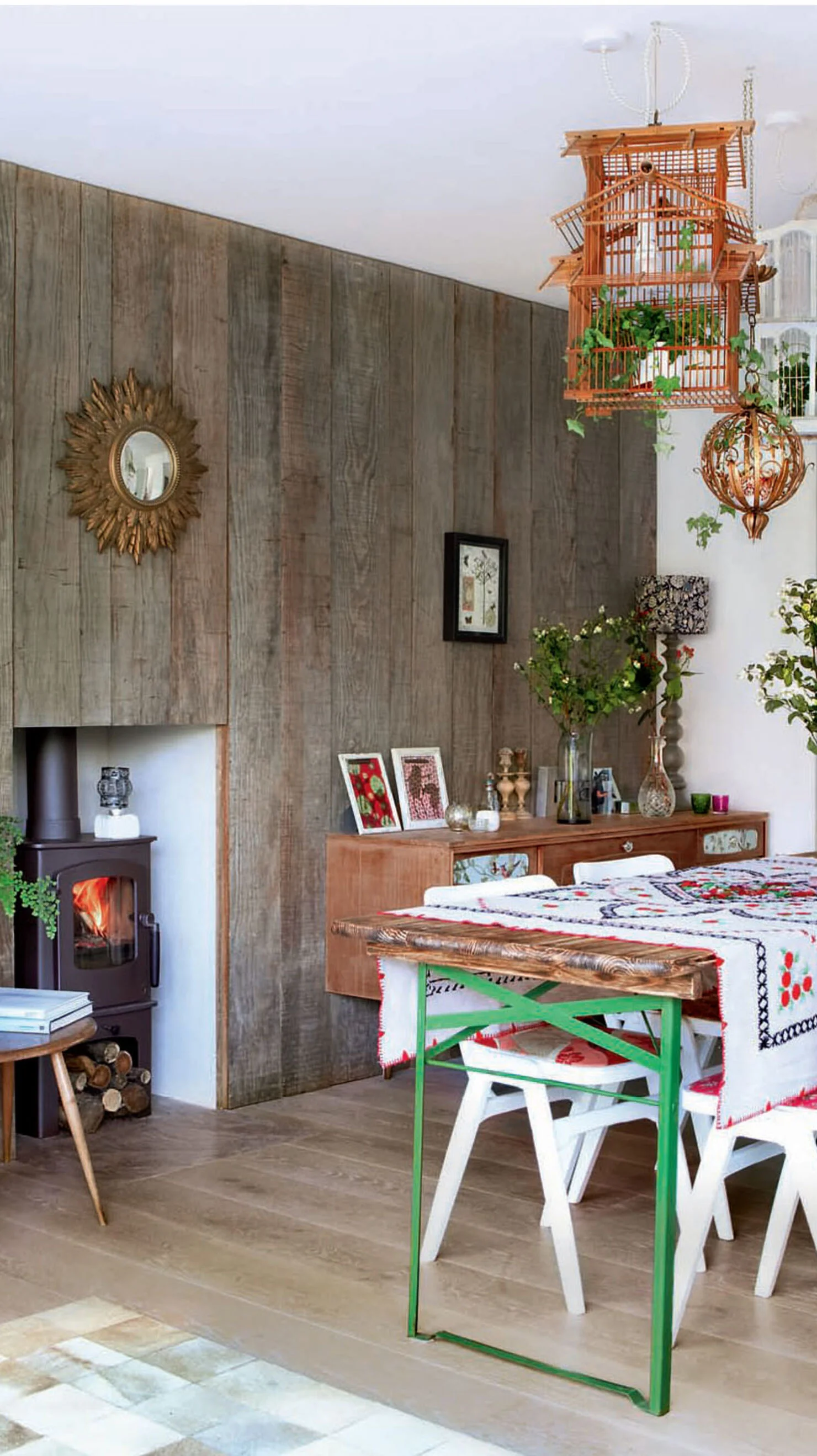
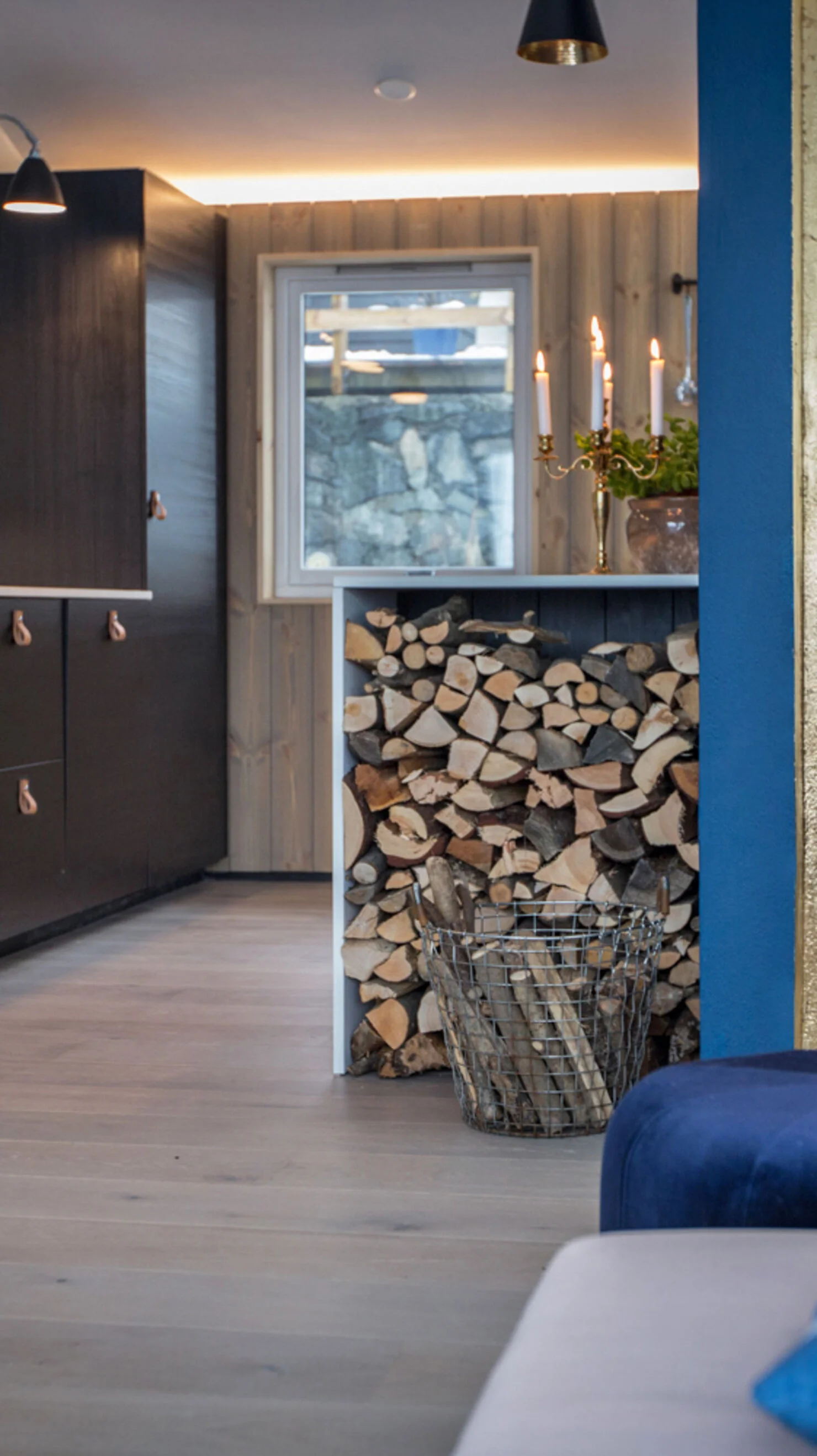
Examples of natural materials
Ventilation
Reducing the level of air pollution within the office will help to improve the health, well-being and productivity and concentration levels of those working within the office.
A way to ensure there is suitable ventilation is by using simple extraction or commercial heat recovery units. This will help to remove harmful pollutants swiftly and effectively.
Desk movements and changes may now be required, so when repositioning your workspace consider a part of the office that has a window, if possible.
By positioning our desks near windows we get the added benefit of natural light flooding in, natural light is fundamental for balancing circadian rhythms – this will help you be more alert in the day time – just what may be required when returning to work.
But where windows or mechanical ventilation systems are not possible, why not consider freestanding air purifying units. We have been trialling a HEPA filtered model by Blue Air (the Classic 205), over the last few months and are fascinated by the feedback provided by the supporting App indicating Particulate matter Carbon Monoxide and Sulphur Dioxide.
Using biophilic elements in the workplace bring the added benefit of creating an environment that is more inviting for employees returning to work. It can promote an overall feeling of greater health, leading to a greater sense of happiness while also boosting productivity.
As organisations return to a post-Covid-19 work world, building designs, office layouts and social distancing guidelines are on the drawing board. What better time to consider using biophilic design to improve your space.
Get in touch to find out how we can help you strategize a happier, healthier workplace that suits your budget...


